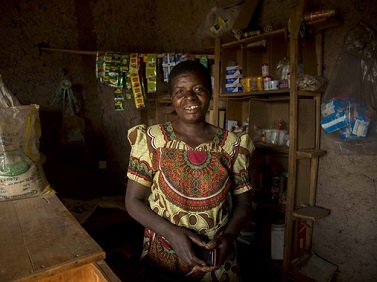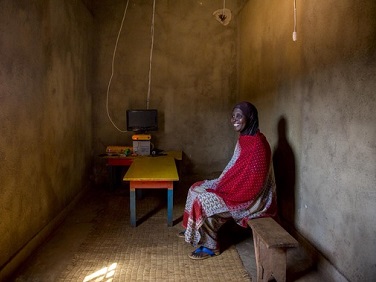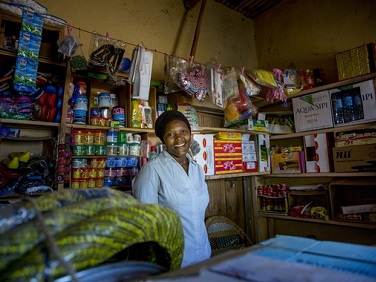How efficient is Hand in Hand, really?
Founded by one of Europe’s best business minds, Hand in Hand has long put efficiency at the core of our work. But with a job creation model few others employ, benchmarking that efficiency has often been difficult.
Now, thanks to two new World Bank studies, that’s beginning to change. Published this year, both studies consider training programmes similar to ours – one in Kenya, the other in Togo – finding significant increases in profit in both cases.
Neither finds gains on par with Hand in Hand’s.
Study one, Kenya: Zero-sum gains?
Is one businesswoman’s gain another’s loss, or does a rising tide lift all boats? That, in effect, is what the World Bank set out to discover when it monitored an International Labour Organization (ILO) business training programme in Kenya broadly similar to Hand in Hand’s. With a sample size of 3,500 micro-enterprises, the randomised experiment measured the business incomes of ILO programme members versus their non-member neighbours, concluding that ”business training can help the overall market grow.” More importantly, for the purposes of this blog, it also discovered that monthly business incomes among programme members were 15 percent higher than among business owners that had not received the training.
Study two, Togo: The psychology of entrepreneurship
A second study, published in Science and featured in The Economist, considered another angle: psychology. Here, researchers from the World Bank, the National University of Singapore and Leuphana University in Germany partnered with the Government of Togo to follow three groups of small business owners who rarely kept books and almost never wrote business plans, earning an average of US $173 a month. The first group, a control group, received no training at all. The second group received training in conventional subjects such as accounting and financial management. The third group received training based on psychological research, designed to teach soft skills such as initiative and persistence.
Those skills, it turns out, are crucial: profits rose by an average of 30 percent among members of the third group. Perhaps more interesting, however, was another finding: the conventional training group saw no uplift at all.
Study three, Rwanda: Hand in Hand
So, how does Hand in Hand stack up?
In the ILO programme in Kenya, business profit was 15 percent higher for programme participants ($86) than non-participants ($75). In the World Bank’s partnership with the Government of Togo, monthly business profit was 30% higher for those that received the psychology base training ($224) compared to those that did not ($173).
And in Hand in Hand’s partnership with CARE in Rwanda, according to an independent study – the most recent, relevant research we have – monthly business incomes were 75 percent higher for those that received the enterprise training ($48) compared to those that did not ($29).
That’s more than double the World Bank’s programme in Togo, and five times the ILO programme in Kenya.
By the numbers
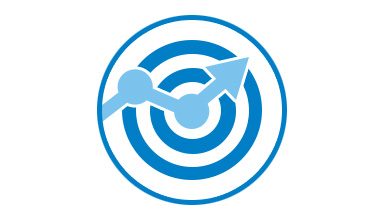 ILO, Kenya: 15% higher profit for enterprise trainees
ILO, Kenya: 15% higher profit for enterprise trainees
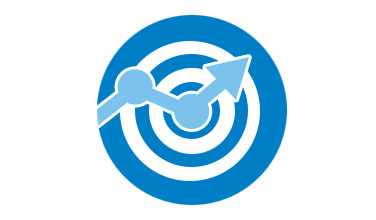 World Bank, Togo: 30% higher profit for psychology-based training
World Bank, Togo: 30% higher profit for psychology-based training
 Hand in Hand/CARE, Rwanda: 75% higher profit for enterprise trainees
Hand in Hand/CARE, Rwanda: 75% higher profit for enterprise trainees
Hand in Hand Country Manager Stephen Wambua was responsible for running our operation in Rwanda. He credits Hand in Hand’s dual-focus on hard and soft skills with the result.
“Yes, Hand in Hand teaches conventional business skills – our members would be lost without them,” says Stephen. “But our trainers’ capacity to inspire and motivate, along with mutual support among group members, is what makes our model work. It is, for lack of a better term, our ‘secret ingredient’.”
Hand in Hand will continue to seek out quality research to benchmark our programmes. And just as we always have, we’ll keep putting efficiency at the centre of our work.
Hand in Hand creates 3 millionth job
Fourteen years ago, Percy Barnevik and Dr Kalpana Sankar joined forces to expand a small charity in southern India that provided free schooling to children working in the local silk trade. It was called Hand in Hand.
They soon realised the real problem wasn’t a lack of schools; it was the desperation that forced parents to send their children to the factories in the first place. “We had to attack the root cause of the problem: poverty,” says Barnevik.
Fast-forward to today and that’s exactly what Hand in Hand has done, fighting poverty with business and skills training from Afghanistan to Zimbabwe and in eight countries in between. Today, we’re proud to announce a major milestone in our story: the creation of Hand in Hand’s 3 millionth job.
“Even when they’re undernourished, downtrodden and illiterate, Hand in Hand’s entrepreneurs have an enormous will,” says Barnevik, now Hand in Hand’s honorary chair. “When they get a chance they’re not letting it go by. These women can move mountains.”
Here’s to fourteen more years, millions more jobs and more moved mountains.
Hand in Hand must ‘prioritise income diversification’ in Tanzania: study
Hand in Hand’s programme in Tanzania will hinge on two key factors, according to a new report from Ipsos: changing the way people think about Self-Help Groups and helping our members diversify their incomes.
Published this month, the report surveyed 4,000 adults in Arusha and Kilimanjaro, providing Hand’s in Hand’s clearest picture yet of life in our target areas and establishing the baseline by which future progress will be measured. With the report finished, group mobilisation can begin later this year.
Our target districts
There is no shortage of districts in Tanzania that could benefit from Hand in Hand’s training. To begin with, we’re focusing on five: Ashura Rural and Meru in Aruha, and Moshi Rural, Hai and Rombo in Kilimanjaro. Besides their proximity to our headquarters in Kenya, the districts were chosen because each has a population density of at least 150 people per square kilometre, the minimum required to make our programme viable according to Ipsos.
More than half of Arushans (55 percent) and one-third of Kilimajarans (34 percent) live in poverty, according to the UNDP 2014 Human Development Report. Across our target districts, the estimated rural adult population living in poverty is 293,110. If Hand in Hand achieves our goal, a significant majority (68 percent) of impoverished adults in our target areas will see their lives transformed.
By the numbers
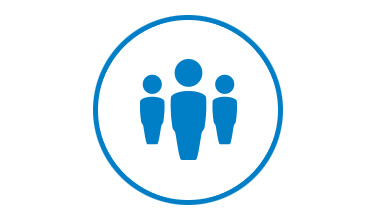
Rural adult population living in poverty in Hand in Hand’s target areas: 293,110
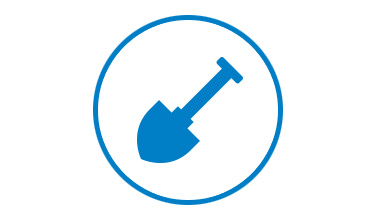
Number of jobs we aim to create: 200,000
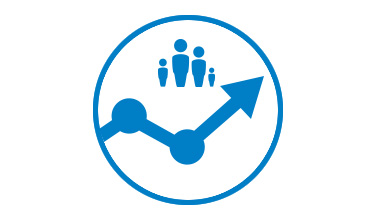
Percentage of target rural poor with improved incomes: 68 percent
Before we can start to mobilise in earnest, we need to know everything we can about our future members. What are their livelihoods? How can we help them most effectively? What threats do they most consistently face? Only 9 percent of households surveyed by Ipsos earned their income solely from business – owning a shop, say, or transporting people and goods on motorcycles (known in Eastern Africa as boda boda). An additional 15 percent earned a portion of their income from business. The rest, 76 percent, relied entirely on farming to see them through, many at the subsistence level. It’s no surprise, then, that only 57 percent of respondents are putting money aside as savings. Perhaps more surprising was the degree of organisation among those surveyed: 34 percent of respondents already belong to Self-Help Groups. The groups exist chiefly to support members in times of trouble (46 percent) and occasionally as a source of microfinance (20 percent), and are registered with local government.
Challenges
There are two seasons in northern Tanzania: rainy and dry. For the 91 percent of adults who rely on agriculture for some or all of their incomes, says Ipsos, the resulting boom-and-bust crop cycle means periods of relative abundance followed by periods of scarcity and hunger.
Making matters worse, ‘rainy’ and ‘dry’ can often mean ‘flooding’ and ‘drought’, and depressed incomes and food insecurity are perennial risks. In an environment where almost half of households (43 percent) regard saving as an impossibility, “fear and mistrust” of savings-driven Self-Help Groups are common, warns the report. Microfinance is considered even more dangerous and avoided for fears that climatic shocks will wipe out crops and livestock, leading to borrowers to default on their loans.
Recommendations
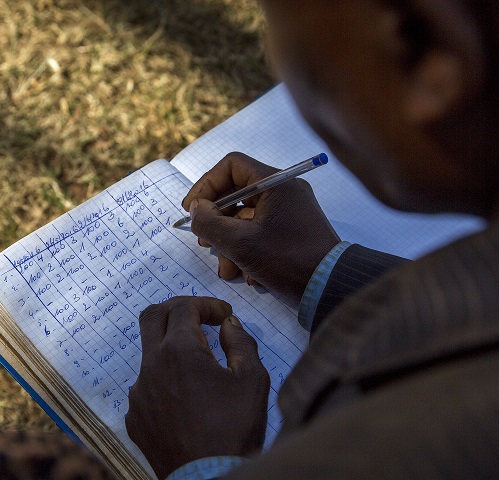
Hand in Hand group savings meeting, Rwanda
Only 5 percent of survey respondents who belonged to pre-existing groups said they were being supported by NGOs. To begin with, says the report, Hand in Hand should focus on the other 95 percent, filling gaps in skills training, the provision of microfinance and links to larger markets. Mobilising the ‘un-grouped’ – the 66 percent majority who worry they cannot save – will require a softer touch, says Ipsos. Here, initial efforts should focus on “community sensitisation… to change negative perceptions”, and “may require a pull factor, e.g. market linkages, to bring people together.” It will also require a programme that addresses climatic shocks head-on, reducing risk in order to incentivise savings and credit. This “can be achieved through Hand in Hand’s entrepreneurship training” in two ways, Ipsos concludes. For starters, early training modules should promote farming practices that mitigate the effects of climate change: irrigation, planting trees to reduce soil erosion and so on. Secondly, once groups are firmly established, training should “prioritise income diversification” and encourage members to launch businesses that generate income all year.
Download the reportHand in Hand speaks at World Bank
Washington, DC – The world’s poorest residents are doomed to stay that way until governments do more to nurture them as entrepreneurs. That was the message delivered by Hand in Hand Eastern Africa CEO Pauline Ngari to hundreds of MPs from dozens of countries at the World Bank last week.
Speaking to the Global Parliamentary Network, a group of policymakers who meet each year as part of the World Bank-IMF Spring Meetings, Pauline urged parliamentarians to:
- adopt accelerator programmes to help grow SMEs;
- put entrepreneurship studies front and centre in national curricula;
- foster relationships between microfinance institutions and training organisations.
Her session, ‘Fighting Inequality Through Job Creation & Growth’, also featured speakers from the World Bank, IMF and Peace Child International. It preceded a roundtable discussion featuring Christine Lagarde, Managing Director of the International Monetary Fund, and Jim Yong Kim, President of the World Bank.
“Delivering programmes is what we do – and advocacy helps us do it,” said Hand in Hand International Co-CEO Dorothea Arndt. “The World Bank is the perfect venue to share our message, establishing jobs and entrepreneurship as key planks in the development agenda. Thanks, Pauline, for sharing it so ably.”
Youth Job Creation
The conference also hosted the launch of the ‘Youth Job Creation Policy Primer – 4th Edition’, a document outlining the problem of youth unemployment and proposing solutions for policymakers. Hand in Hand figured centrally, not least for our Entrepreneurship Clubs and four-step ‘systems approach’ to job creation. Several case studies featuring our members were also featured.
Click here to visit the policy primer website.
Percy Barnevik on The Social Enterprise Podcast
Hand in Hand Co-founder and Honorary Chair Percy Barnevik appeared recently on The Social Enterprise Podcast, presented by Rupert Scofield, president of Microfinancial Institution FINCA and author of ‘The Social Entrepreneur’s Handbook’.
Here’s a description from the Social Enterprise Podcast website:
“On this special episode of the Social Enterprise Podcast, Rupert is joined by businessman and philanthropist Percy Barnevik. After a successful career in business – chairing companies including ABB, Sandvik, Skanska, Investor AB, and AstraZeneca – Percy founded non-profit organisation Hand in Hand International, inspired to help street children in India. Having worked in 14 countries, the organisation provides grassroots entrepreneurs in some of the poorest places in the world with the skills to start their own businesses. Percy reveals his motivations, some of the challenges, and how business informed his approach to charity.”
Listen to the podcast hereHand in Hand International visits Rwanda
Hand in Hand International Head of Media Ann Dickinson is in Rwanda this week visiting some old friends: the same entrepreneurs she met on a visit to the country two years ago. Aloys (pictured), a barber from Eastern Province, is among them.
https://www.youtube.com/watch?v=wFqpKk1STNo
We’ll be updating their stories soon. Meantime, Ann’s been blogging about her travels for the Huffington Post. Click the links below to follow along.
Hand in Hand Afghanistan Trustee Kamila Sidiqi on PBS News
Hand in Hand Afghanistan Trustee Kamila Sidiqi – the Deputy Chief of Staff to Afghanistan President Ashraf Ghani – featured on PBS Newshour during a recent trip to the US. Watch the video below.
Edit: Kamila Sidiqi left the Hand in Hand Afghanistan board in December 2015.

